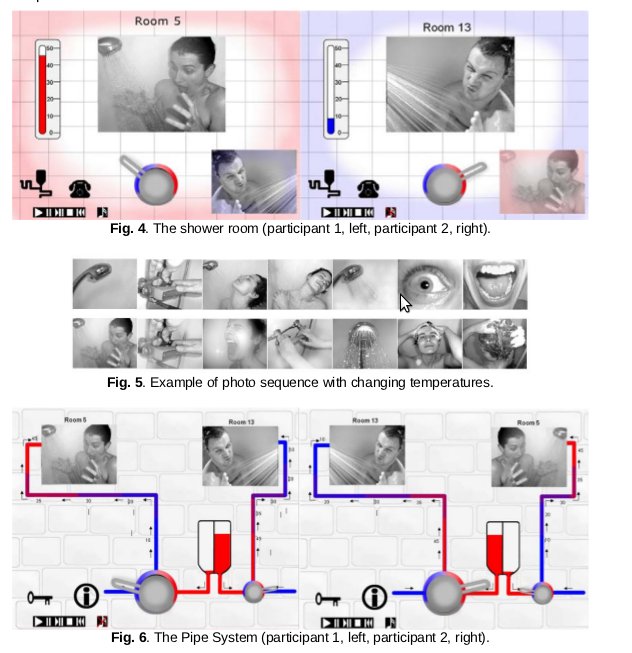This paper by Histe & Skartveit (2003) discusses an interactive learning environment. The setting -one hot water resource to be distributed to two showering persons- is sublime. This example uses visualization -of both model structure and behavior- as one of the possible tools that can be used when dealing with complex systems.

Although focussing on a better individual understanding of a complex system, and using a closed sytem, this example raises an idea: use visualization to find stable areas, a set of stable states or characteristic conditions that support decision making.
Suppose we have 3 first graders, one is smart, one is strong and one is funny. Neither of them understands the system, and this lack of control is not a necessity for success. Ask yourself: does a bird need to know about the bernoulli principle in order to fly?
Changing tactics -and reserving place and time for changing tactics- can lead to success as well.
Another aspect -the development of a shared understanding of the system or topic- is discussed. This phenomena is also known as grounding:
Grounding is the process by which participants in collaborative learning construct and maintain some degree of mutual understanding (Baker, Hansen, Joiner, & Traum, 1999). Common ground does not necessarily refer to the internal knowledge that the participants have in common, but to something that is actively negotiated and renegotiated during the communication process (Arnseth & Solheim, 2002).
… {and beware} …
When interaction is analyzed as a goal-oriented process of establishing common ground, researchers may ignore the ambiguities and dynamics of everyday conversation and collaboration (Koschmann & LeBaron, 2003).
Viste and Skartveit suggest to improve the grounding proces “by a tool that enriches linguistic utterances”: visualization.